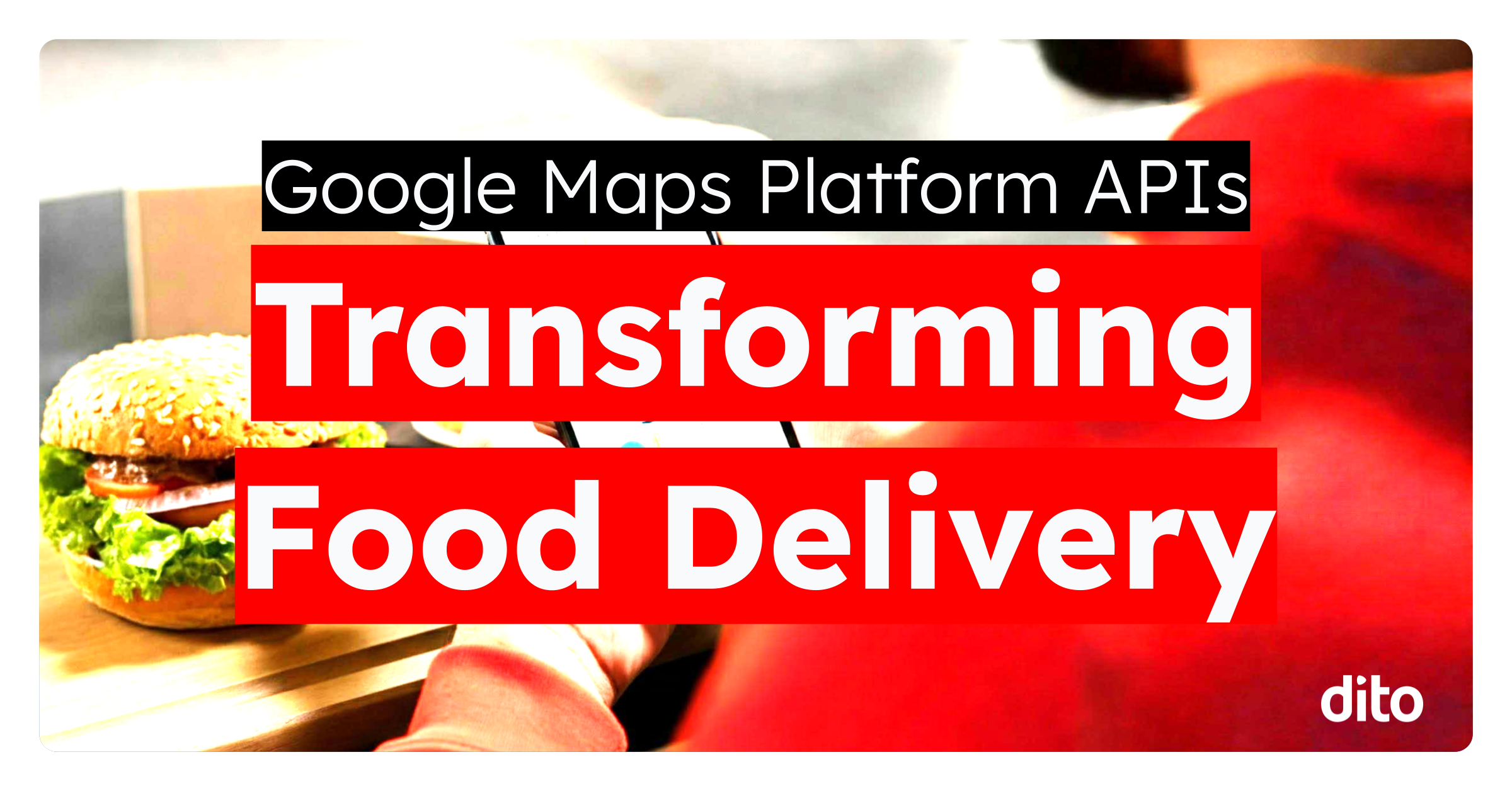There’s no way around it, developing new apps and software is an expensive, resource-intensive task. However, cloud computing is helpful in this pursuit; it provides more infrastructure flexibility and brings cost savings as engineers allocate resources based on their needs. With less capacity planning necessary and greater scalability, the cloud provides more freedom to streamline business. Many companies are realizing serverless computing is an option for their business – to make every developer and engineer focused on delivering product and adding business value.
Serverless computing brings this flexibility to another level, delivering efficiency that stands out for development that require a great deal of IT elasticity.
The Serverless Advantage
According to Wired, using a traditional cloud setup to support development brings a simple problem with it: overhead. You still end up managing a variety of systems and settings, constantly trying to balance resource usage to avoid high usage fees and minimize waste. Ultimately, all of this work undermines the cloud’s value. Not so much that the cloud isn’t an asset for dev teams, but enough to make a better solution valuable. Serverless computing is emerging as that option.
It should be pointed out that serverless computing still uses servers and operates similarly to sophisticated cloud configurations in the background, but developers don’t see all the mechanics. The work of managing resource allocations and calculating costs is all done automatically while developers write code and the system provisions resources based on the needs created by the project on hand.
Google explained the situation simply: Serverless computing abstracts the management and upfront provisioning from the cloud ecosystem. Instead, your system auto scales to meet your needs and leaves you truly only spending for the resources your development team actually uses.
Serverless Computing and the Google Cloud
Serverless computing is primarily achieved by integrating capabilities across a diverse cloud ecosystem. For example, Google Cloud Platform blends function and app compute tools with data warehousing, machine learning, messaging, analytics, storage and database tools into its platform.
In a traditional cloud setup, a business would simply subscribe to the modules that make the most sense for their needs, allocate financial resources to gain the capacity and processing capabilities needed to support day-to-day use cases and manage the plan on an ongoing basis to maximize value.
This management creates the overhead, but integration and seamless interconnectivity between cloud modules allows the end user to view the ecosystem without having to worry about the servers. They simply boot up their cloud instance and start developing. Google achieves this flexibility both through the robust platform and artificial intelligence tools that can identify how users are behaving and automatically allocate the appropriate resources and systems to the task at hand.
Going Serverless to Exceed Agile
Agile development has been a transformative trend in the development world, but businesses increasingly face pressure to evolve from agile to continuous integration and delivery. Google highlights serverless computing as the ideal venue for this transition. Because the technology streamlines the management elements of development infrastructure and integrates with cloud containers, IT teams can use Google Cloud Platform to move gradually from serverless development environments into containerized setups once apps are ready for production.
Serverless computing represents sweeping changes in the back end that create a smooth, theoretically painless experience for development processes. Of course, it isn’t quite that simple. You need to migrate your systems and transition your operational models to align with what serverless computing can offer. Dito can help.










